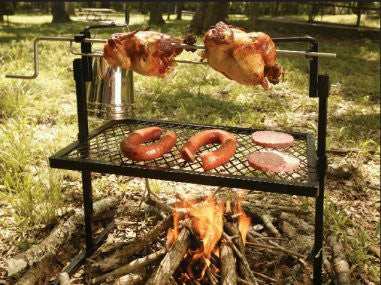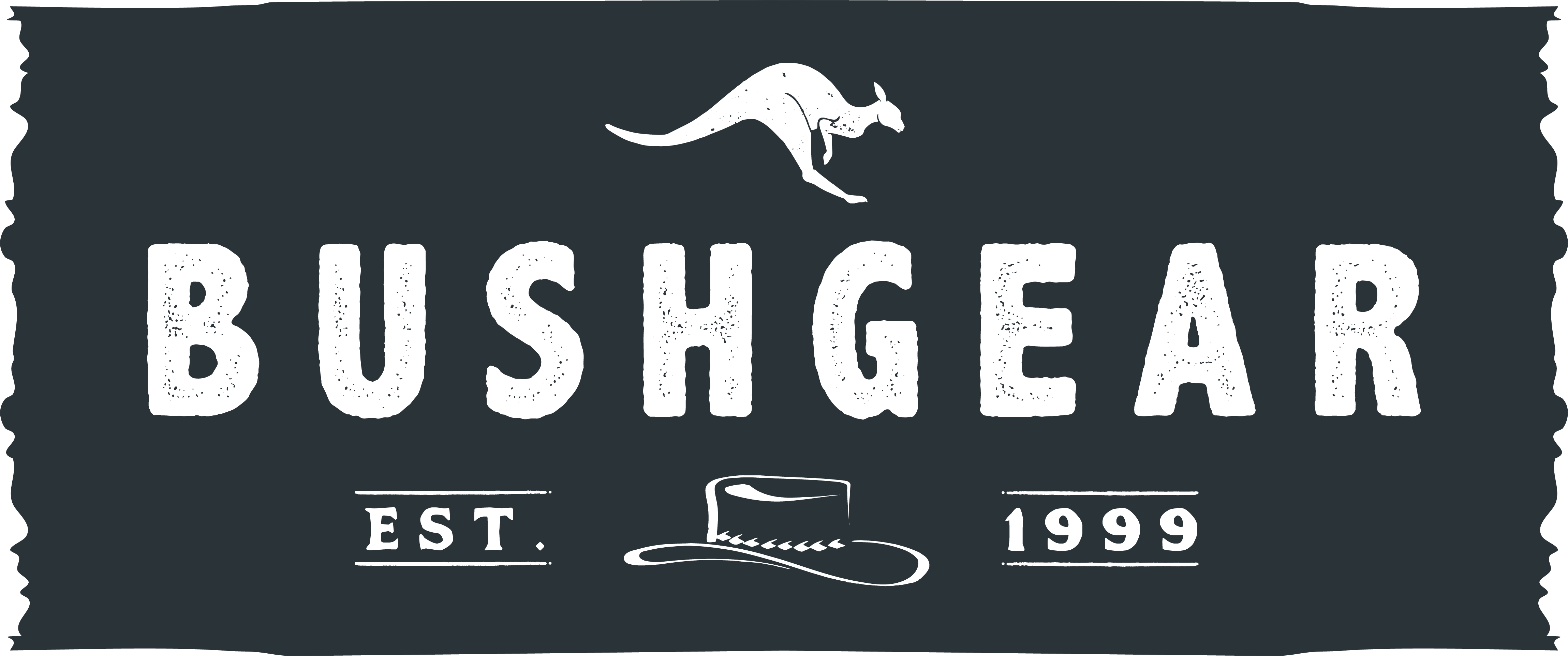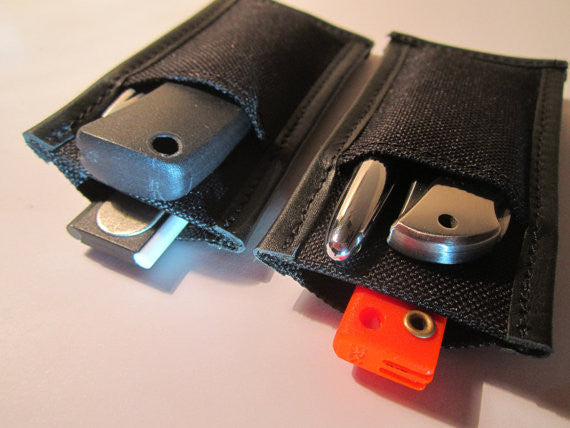
How to Cook on Fire
Since the dawn of time, man has been using open fire to cook and prepare food for consumption. Cooking food was a distinctive leap in the evolutionary progress of man, and in fact, was one of the first scientific advancements of mankind.
- Through the process of cooking, parasites, viruses and bacteria are denatured and rendered harmless to the human body.
- Cooking certain foods, releases energy from within the food, making it digestible and therefore available to the human body (e.g. potatoes).
- Cooking and smoking food can greatly increase its shelf life (lifespan).

As you can imagine, as there are many techniques for lighting a fire, there are also many differing techniques for cooking with flame. These techniques vary from the super simple, to the ultimately, much more complicated and laborious methods. It's almost the case, that every country has its own slight variations, tricks and specific techniques for cooking with fire. These methods can give food a really unique flavour and texture and in that respect, are also like a key ingredient of the meal themselves.
So, we will start off with everyone's favourite, a classic BBQ!
Generally, if you look down your local high street, to your local kebab (shwarma) house, you will notice that the vast majority use charcoal, as opposed to wood, to cook on. This is due to the fact that, as a fuel source, charcoal is more stable, predictable and longer lasting than cooking with wood. It is also slightly cheaper than using raw wood. Obviously, using charcoal briquettes, will also impart a certain flavour to the food.
Some popular alternatives to using charcoal include: hickory, alder, apple wood, cherry wood, almond wood, maple wood and oak. As with charcoal, cooking with these will impart a certain unique, distinct flavour into the food. Hickory and Alder in particular, give food a strong, distinctive flavour which may be desirable. Highly resinous woods are best avoided as they generally release fairly acrid smoke which in some circumstances may be poisonous as well as foul tasting. Definitely avoid using Yew as this produces poisonous smoke.
So now you have decided on your fuel source, you need to decide on how the food is to be cooked. This is where the choices and variations become dazzling. Do you boil, poach, broil, bake, fry, roast, cure,smoke or steam the food? With a little ingenuity or some local knowledge, all these techniques can be put into practice using open flame.
An important note on cooking over coals - it is better to develop a large and deep bed of hot coals over which to cook, as opposed to having to add fuel at a later stage. Start cooking once the fuel stops burning with a flame and simply glows (i.e. no visible flames). At this stage, the coals will emit heat more steadily, at a more regular temperature, making it easier to cook (flames can cause your food to burn).
So, let's start with something simple - skewered meat on a stick! Get a stick, approximately the thickness of your thumb. Carve one end to a point and remove the bark from the rest of the stick. Get your cubed meat (approximately 5cm squares work well) and impale three or four on to your stick. Hold over hot coals (approximately 15-20 cm above the coals) for approximately 15-20 minutes, turning frequently. The juices should be running clear by this point, indicating that the meat is cooked (this is a good way to tell when meat has been properly cooked). For larger pieces of meat such as a hog roast, you will have to raise the height of the spit (and use a much thicker stick/branch) considerably and expect to wait upwards of 2 hours (again depending on the size of the meat and the temperature of the fire). Larger pieces of meat will also require some basting, to keep the meat moist, or may even be needed to be wrapped in silver foil, to stop it drying out.
Cooking on stones - Place large, flat, non sedimentary rocks (as these may explode when heated) into or around your fire. Once these get really hot, they can be used as a rudimentary frying pans (think of the hot plate used at your local cafe), using the heated surface to cook on. This technique works well for flat breads including bannock and for fast cooking foods such as fried eggs, bacon or minute steak. Ideally, you will have cleaned the stone first. The heat should be sufficient to kill all bacteria but you may experience a gritty texture in your food if you don't do this first.
Cooking with a grill - A medium sized, cast iron grill is a very useful addition to any camping kit (unless going light weight is a priority for any reason). A grill will allow you to to have a stove outdoors, upon which you can use other cooking implements such as kettles, frying pans, saucepans etc. A very convenient way to cook without having to hold anything or without having to worry about things falling onto or into the fire. Because iron is a good conductor of heat, cooking directly on it means the heat is more uniformly distributed, meaning that your food will cook more quickly and evenly. The one draw back is the weight of such a set up. Suits camping out of a vehicle best.
Boiling in water - if you want to preserve maximum nutritional value but prefer not eating everything raw, boiling is the way forward. Naturally, boiling does leech out some nutritional benefits but often, these will remain in the water so are not wasted and can be consumed by drinking the water, or by reducing it down further to create a sauce or gravy.
If you do not have a metal container to boil in, it is possible to use the hot rock technique. This technique allows practically any water holding container to be used as vessel in which to boil water. The container is filled with water first. Large rocks are then placed into the flames of a hot fire (take care as this may cause them to explode) until they become red hot. Once at this stage, the rocks are then removed from the fire (using tongs or similar) and placed into the water filled vessel. Each added rock increases the temperature of the water until eventually the water starts to boil. This is a good technique to know as it allows you to purify water for drinking as well to cook on.
Earth oven (underground cooking) - This is not eating a pack of salt and vinegar on the Victoria line. This is a very involved and initially, fairly labour intensive way to cook but works well, especially when cooking for a large group or for preparing large pieces of meat. Also a useful technique to know if no utensils are available.
"To bake food, the fire is built, then allowed to burn down to a smoulder. The food is then placed in the oven and covered. This covered area can be used to bake bread or other various items. Steaming food in an earth oven uses a similar process. Fire-heated rocks are put into a pit and are covered with green vegetation to add moisture and large quantities of food. More green vegetation and sometimes water are then added if more moisture is needed. Finally, a covering of earth is added over everything. The food in the pit can take up to several hours to a full day to cook, regardless of the dry or wet method used." (Ref : see sub notes).
A similar technique to this is to use a tagine or similar. A clay earthenware pot is filled with food and water (for moisture) and is cooked over the flames directly, placed in the coals or buried in a chamber with a fire. This keep the food clean unlike burying it directly in sand, grit or soil. It also keeps the food tender, compared to direct exposure to the flames. The food also retains more nutritional value when compared to say frying or barbecuing.
Smoking food - this a traditional technique for preserving all types of food stuff. Particularly used in conjunction with meat and fish, for long term preservation. The process of smoking removes water and moisture from food which, in turn, means the food is less susceptible to rotting and pest infestation. Worldwide, there are many different systems for smoking food. The majority involve preparing meat or fish by cutting it into thin strips/ small pieces. Doing this maximises the surface area of the food, making it easier for heat and smoke to penetrate the food and making it easier for water to leave the food. There are many techniques to smoking food. A common method is to build a platform out of wood approximately 2-3 foot above a fire. Make sure that the food is suspended sufficiently high enough, so that it does not cook in the heat of the fire. This structure will usually include a roof, which will help to keep the smoke contained, which in turn maximises the effect. As mentioned above, different types of wood produce differing flavours.
Sun drying - This is more of a long term storage solution as opposed to a cooking method, but nevertheless is important to know for long term wilderness survival. The food must be prepped in the same way as for smoking. Thin strips or small chunks will usually work best. The food is usually hung or placed on drying mats (made of reeds or similar). Once hung, the food will be placed in strong, direct sunlight for several days or weeks, until the food has been completely dried out. Ideally, this will be in a well ventilated area.
These techniques should put you in good stead for most wilderness living situations. This is by no means an extensive list of cooking techniques but covers many of the most common techniques. As with most bush craft methodology, there is always room for variation, improvement and refinement to suit needs, so always try a little experimentation to see what really works best for you.
Good luck with your outdoor cooking adventures!

